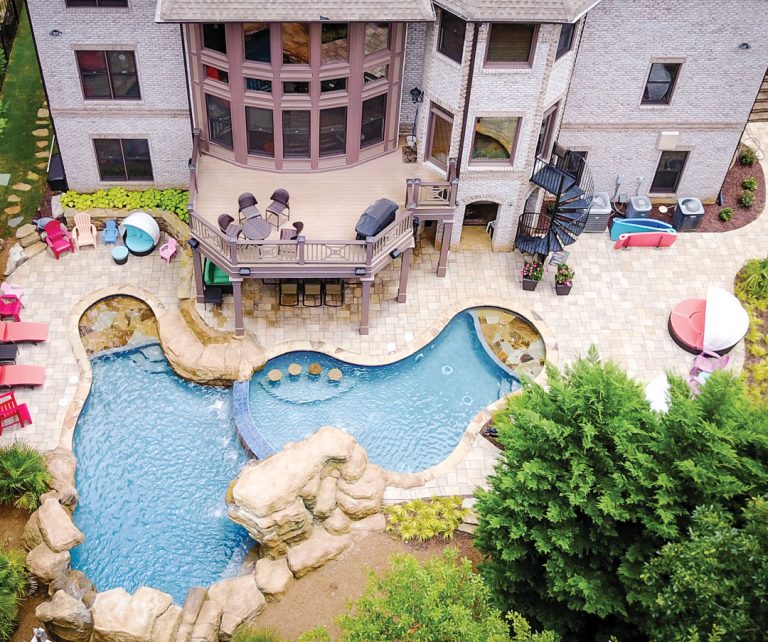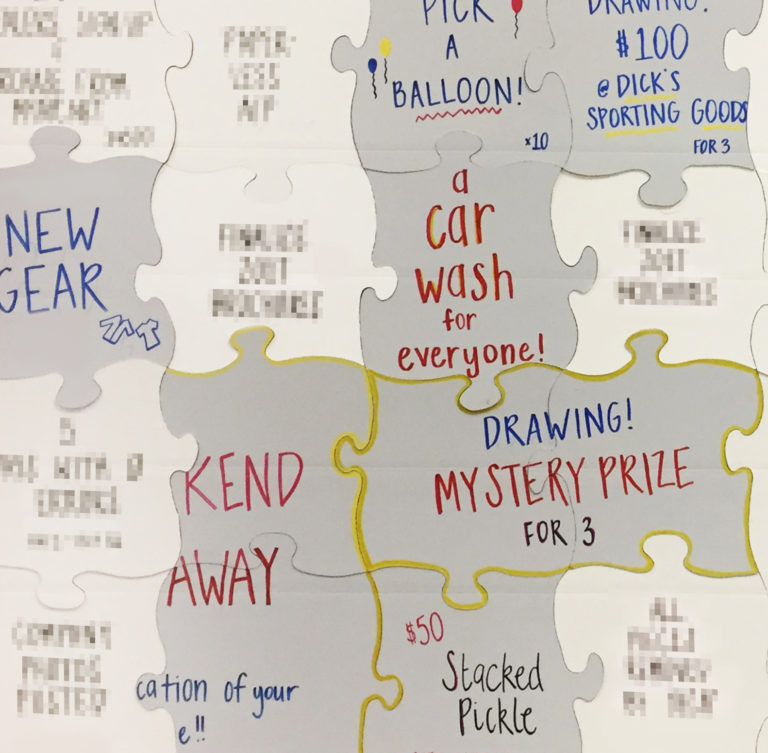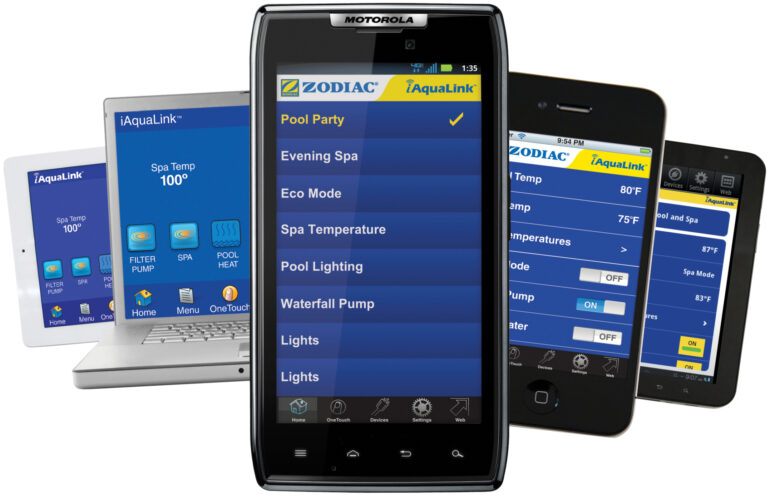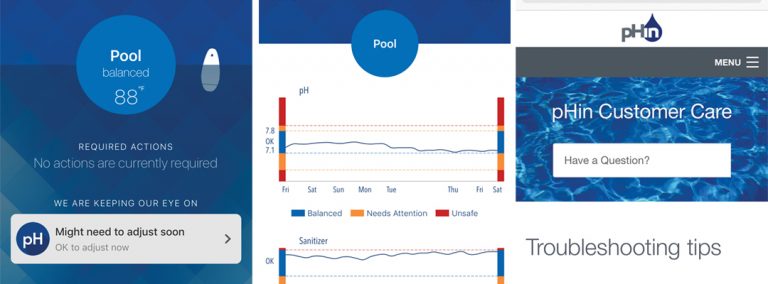In-Home Selling Techniques

Making sales presentations in the home of potential customers is a different environment compared to the customer coming to your store. At their home, you’re on their turf. You’re probably also one of many salespeople the homeowner has lined up to make a pitch. This is wrought with minefields, unless you know how to set the stage.
Brett Abbott is president of Marketing for Pool Builders in Austin, Texas. His work with pool builders includes online lead generation. He says it’s imperative to immediately engage and connect with a prospect. “In working with builders, they’ll sometimes tell me, ‘We had them at hello,’ meaning client and salesperson clicked. That underscores the importance of first making the connection, otherwise you’re likely to get thrown into the downward spiral of the client looking for whomever will build that pool the cheapest.”
Abbott also suggests not talking so much about your stuff, rather spend as much time as possible talking to the prospect about what they want in a pool, why they want it, what does it mean to them. “In salesmanship, we should probably listen 10 times more than we talk. Ninety percent of what we say should be questions, not answers. By just asking the right questions, they’ll lead themselves to the conclusion that the pool they want is the one you’ll build for them. You want to ask smart questions and qualify them. That’s a delicate thing to do, but if they tell you they’re looking for a $20,000 pool and you start at $50,000, there’s no point in booking a sales meeting.”
Mike Logan owns Logan Pools in Brentwood, California. He also owns a marketing agency and has authored three successful books, including Rich Contractor, Poor Contractor. Logan agrees that making that connection is vital. He also believes in systems to set yourself up for success in advance of your in-home sales presentation.
“The problem today is that many salespeople just wing it, with each salesperson presenting in their own way and not having any structure. When you wing it, you give control to the customer and you’re pretty much reacting. In swimming pool sales we need to anticipate objections; we usually have three or four that come up repeatedly. Gear your presentation to handle those objections before the client brings them up. This creates a more positive and conversational style, rather than letting the client hit you with a bunch of objections at the end of the presentation, which tends to put salespeople on the defensive and kills a sale.”
Both men say they firmly believe in sending the prospect an information packet in advance of the first meeting. The goal is to set you and your company up as the obvious pool expert and the only possible choice to build their dream pool. That’s an important point: You’re not trying to sell a pool; you want to be the chosen one to make that customer’s dream (the pool and all the good feelings they associate with the experience) come true. Mike Long calls that selling to their value proposition.
In their advance packages, Logan and Abbott also use video as an effective component before the sales meeting. Logan prefers use of a produced video that showcases you and your work, including customer testimonials. “You can put this on a website to increase lead capture, but as a DVD, the client is getting comfortable with you and seeing you and your work in their home. It changes the dynamic in a big way. Logan sends videos online, including a custom video confirming the appointment. “In that video, I ask them to jot down everything they want in that pool and their budget consideration. The video is powerful. It lets them see my face and hear me talk, so when I show up, I’m not a stranger. If they have kids, invariably they say, ‘Hey, that’s the guy on the video!’ ” Nothing like a little star power.






